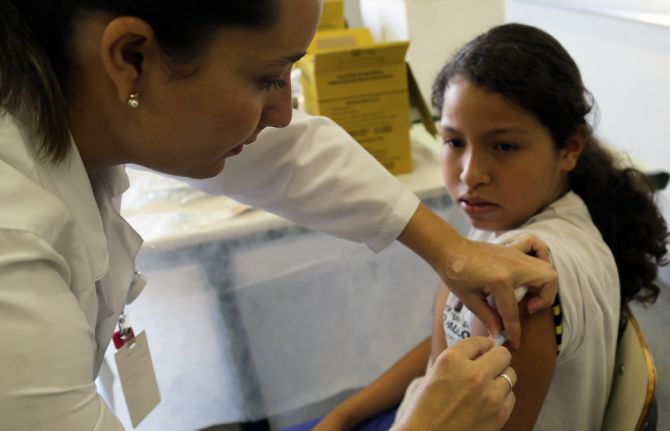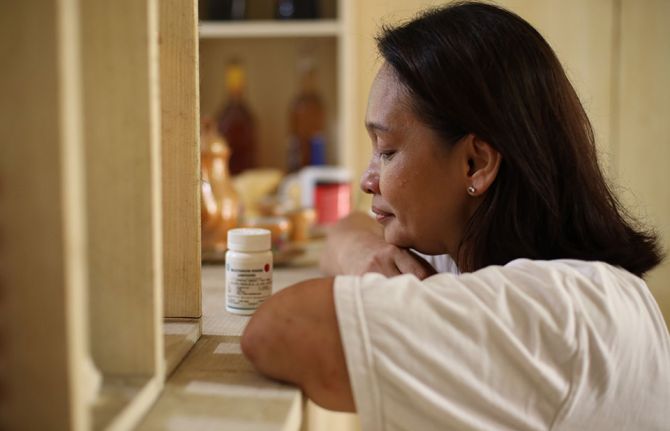

Feature Story
It’s time to make cervical cancer history
04 February 2019
04 February 2019 04 February 2019Cervical cancer is preventable with the human papillomavirus vaccine. And if detected and treated early, it’s also curable. So why are so many women still developing and dying from cervical cancer?
In 2018, there were an estimated 570 000 new cases of cervical cancer and 311 000 deaths from it worldwide. Much like HIV, cervical cancer is a disease fuelled by social, economic and political inequities. Lower-income countries bear the highest burden, with nearly 80% of all cervical cancers and 90% of deaths.
If cervical cancer prevention, screening and treatment are not urgently scaled up, experts estimate that by 2040 there could be a 50% increase in deaths over 2018 levels.
HIV and cervical cancer are tightly intertwined. Cervical cancer is the most common cancer among women living with HIV. Women living with HIV are up to five times more likely to develop invasive cervical cancer than other women. In sub-Saharan Africa, cervical cancer is the number one cancer killer of women.
Despite the increased risk, many women living with HIV do not have access to regular screening or treatment for cervical cancer. A 2016 study in Malawi showed that only 19% of women aged 30–49 years living with HIV had ever been screened for cervical cancer. In the survey, among the poorest women living with HIV, only 2% had ever been screened for the disease.
“It is unacceptable that women around the world are dying from cervical cancer because they do not have access to life-saving vaccines, screening and treatment,” said Ani Shakarishvili, a Special Adviser at UNAIDS. “We save a woman’s life by ensuring that she has access to antiretroviral therapy for HIV, yet she dies from cervical cancer. Services must be integrated and available to all, without exception.”
Linking cervical cancer screening and HIV services is cost-effective and saves lives. UNAIDS is working with the United States President’s Emergency Plan for AIDS Relief and the George W. Bush Institute to incorporate cervical cancer screening and care into clinics where women are already accessing HIV services in eight countries across sub-Saharan Africa. The partnership aims to reduce cervical cancer incidence by 95%.
The World Health Organization has recently announced that it will be accelerating global efforts to eliminate cervical cancer as a global public health problem and will continue to take a leading role, including by developing a global strategy towards eliminating cervical cancer, a move warmly welcomed by UNAIDS.
“As in the global AIDS response, we must approach cancer prevention and treatment as an opportunity to lead a broad coalition demanding health as a fundamental, universal human right,” added Ms Shakarishvili.
On 4 February, World Cancer Awareness Day, UNAIDS is recommitting its support to the global call to action to eliminate cervical cancer and address inequalities by raising awareness and increasing access to prevention, detection and treatment for girls and women at risk, including women and girls living with HIV.



